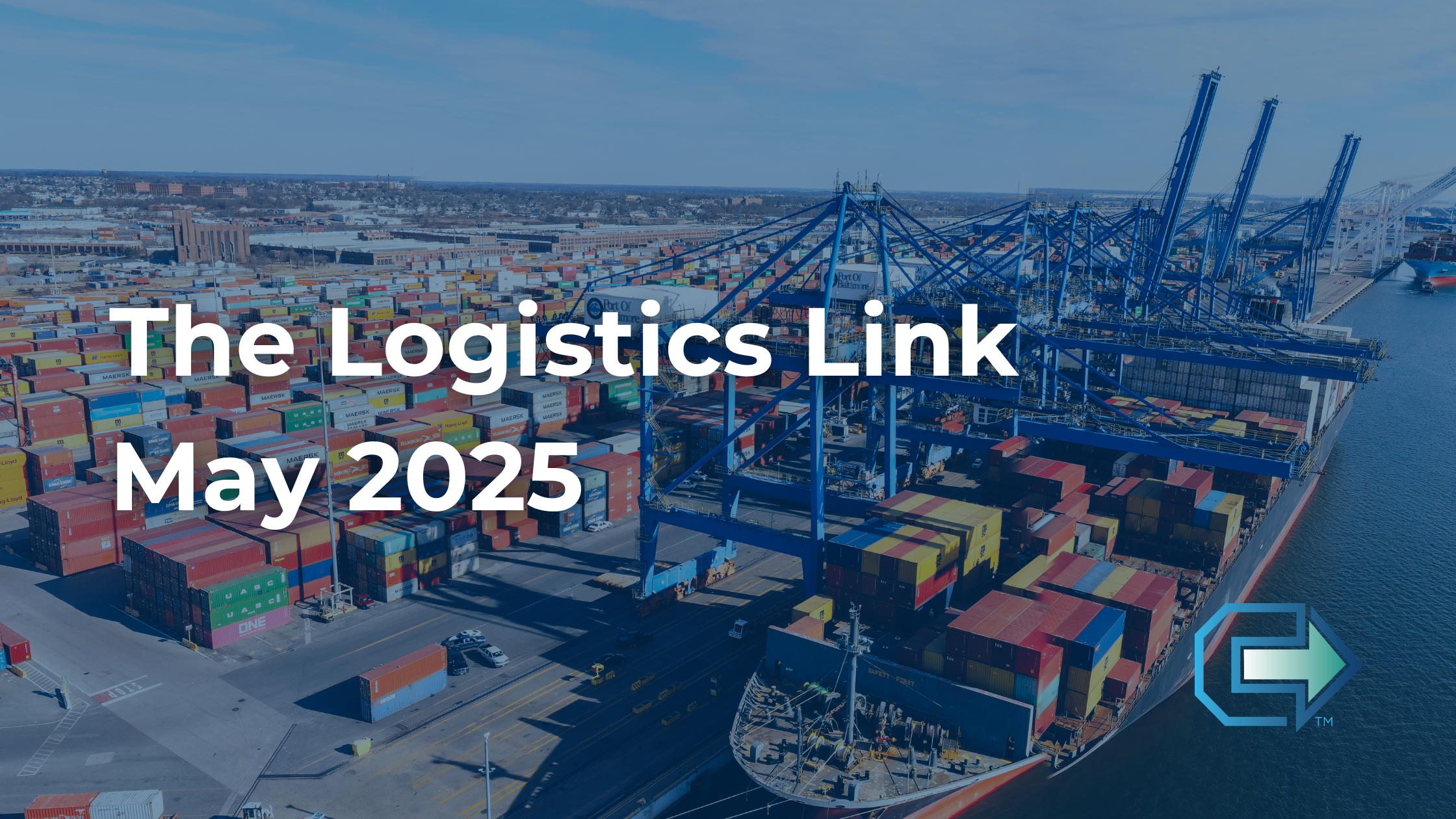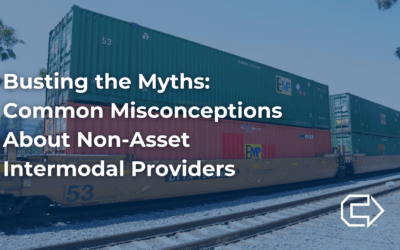Ocean Carriers Adjust Capacity Amid Ongoing Trade Tensions
In response to the persistent trade dispute between the U.S. and China, significantly intensified by the tariffs introduced during the Trump administration, ocean carriers are actively reducing vessel capacity in the trans-Pacific sector. This adjustment comes as the volume of U.S.-bound goods departing from Chinese ports continues to wane.
Recent reports indicate a staggering 54% drop in bookings from China to the U.S. during the week of April 21-28 compared to the same week in March, as analyzed by maritime visibility provider Vizion and data analytics company Dun & Bradstreet. In light of this decline, carriers, including Zim Integrated Shipping Services, Mediterranean Shipping Co., and members of the Premier Alliance—HMM, Ocean Network Express (ONE), and Yang Ming—have implemented substantial capacity reductions to align with falling volumes.
Despite a significant volume drop from China, rates remain healthy. The industry has adapted to manage capacity effectively, aiming to avoid the collapses experienced during the COVID-19 pandemic.
These capacity cuts, which were firmly established in April, are expected to continue into May. Zim and MSC alone have removed roughly 100,000 TEUs from the trans-Pacific trade lane, with Zim suspending its ZX2 service that connects Asia to the West Coast of North America, and MSC’s Orient service also being suspended.
Carriers are reallocating capacity away from China toward other Southeast Asian routes. There has been a significant increase in Southeast Asia bookings, which have risen by over 20% during the week of April 21 compared to earlier weeks.
Furthermore, the trend of blanked sailings is gaining traction, with nearly 14% of trans-Pacific capacity blanked in April and projections indicating 18% for May. Port calls within the trans-Pacific trade have notably declined, with more than 25% of calls eliminated between April 7 and April 21.
To manage ongoing capacity effectively, service frequencies are being adjusted. Cosco Shipping’s Bohai service will transition to a bi-weekly schedule into the Port of Long Beach through at least mid-June, while Evergreen Marine’s HTW express service continues with weekly calls.
Challenges remain, as concerns grow over long-term schedule reliability if volumes increase too rapidly following capacity reductions. The industry will need to monitor these developments closely to ensure a responsive and balanced approach to service management.
Trump to Ease Auto Tariffs Following Industry Appeals
President Donald Trump is set to make changes to his auto tariffs, aimed at lifting some levies on foreign parts used in cars and trucks manufactured in the U.S. This adjustment is part of a broader effort to mitigate the impact of tariffs on the automobile industry.
In addition to the relief on foreign parts, imported automobiles will also be spared from separate tariffs on aluminum and steel, preventing multiple levies from compounding. This expected shift comes as Trump prepares to visit Michigan, the heart of the American automotive industry, to commemorate the first 100 days of his second term.
A proclamation initiating these changes may be signed as soon as April 29, ahead of Trump’s scheduled speech in Macomb County, a key area for car manufacturing and home to many blue-collar workers.
The adjustments are designed to reward companies that manufacture domestically while encouraging manufacturers to commit to investing in the U.S. and expanding their operations. The planned changes come just before the 25% tariffs on foreign auto parts are set to take effect on May 3, allowing automakers to receive partial reimbursements for tariffs on imported auto parts, based on the value of their U.S. production.
These reimbursements will phase out over time, encouraging manufacturers to transition more of their supply chains to the U.S. while allowing them the necessary time to adapt. Additionally, the changes will ensure that imported autos are not subject to double tariffs when paying other levies on steel and aluminum.
The automotive sector, including automakers, dealers, and parts suppliers, had been advocating for relief, expressing concerns that the tariffs might disrupt the closely interconnected North American supply chain. The industry has emphasized that duties on imported auto parts could escalate costs for U.S. manufacturing facilities, thereby hindering efforts to revitalize domestic car production.
Drayage Providers Prepare for Rollercoaster Ride: Anticipating a Container Plunge Followed by a Potential Surge
Drayage providers across the U.S. are bracing for a period of significant change, marked by an expected drop in container volumes starting this month (May 2025) that could extend into the third quarter. This downturn is attributed to the resolution of ongoing trade disputes and the impact of tariffs, which have led to a decrease in import orders. Industry experts predict a substantial dip, with some anticipating volumes to fall as much as 30% on the West Coast.
However, this slowdown is not expected to last forever. Once trade tensions ease, a disruptive import rebound is on the horizon. This potential surge could place considerable strain on major U.S. ports, raising concerns about the availability of sufficient capacity outside port gates to handle the rapid influx of freight.
The situation is further complicated by an apparent decline in drayage capacity since 2022, adding pressure to an already delicate balance. The high tariffs imposed by both the U.S. and China have played a significant role in this evolving landscape. These tariffs have prompted shippers to cancel or postpone purchase orders from China, directly impacting drayage demand.
Forecasts from organizations like the National Retail Foundation (NRF) and Hackett Associates paint a clear picture of expected import declines. They project a 20% year-over-year decrease in U.S. retail imports for the second half of 2025, with notable drops of 20.2% in May and 26.6% in June.
The impact will be felt unevenly across the country. While the West Coast is expected to bear the initial brunt of the downturn, inland markets like Chicago and Kansas City are also anticipated to experience considerable declines in drayage activity.
Industry leaders are closely monitoring these developments and advising their clients to prepare for the upcoming shifts. As one executive noted, the situation could resemble the early days of the COVID-19 pandemic, with a wave of freight potentially overwhelming the system once trade disputes are resolved.
Drayage providers are urged to stay informed and proactive as they navigate this period of uncertainty, keeping a close eye on trade negotiations and adjusting their strategies to accommodate both the anticipated slowdown and the subsequent rebound.
Freight Industry Urges Congress to Combat Cargo Theft
Cargo theft continues to burden the freight industry, and stakeholders are intensifying their efforts to push for federal legislation to address it. The American Trucking Associations (ATA) has joined forces with railroad operators, logistics firms, and retailers to advocate for the swift consideration of the bipartisan Combating Organized Retail Crime Act.
The proposed legislation seeks to establish a multiagency unit tasked with developing a comprehensive strategy to dismantle organized retail theft operations. By fostering collaboration between federal, state, and local entities, the bill aims to enhance information sharing, improve data gathering, and ultimately reduce cargo theft incidents.
The ATA emphasized the importance of safeguarding the entire supply chain, including trucking, to protect businesses and their employees while lowering costs for consumers. Cargo theft is often associated with supply chain disruptions and raises risks to the freight workforce.
The Intermodal Association of North America (IANA) has also voiced their support, emphasizing the need to remove repeat offenders from the streets. Logistics providers are investing in information sharing and data gathering, underscoring the critical role these measures play in mitigating cargo theft risks.
A former Congressman with the U.S. Chamber of Commerce stressed the necessity of a coordinated federal, state, and local approach to effectively combat cargo theft. A coordinated approach is essential to making a significant impact on this complex problem.
Lawmakers leading the discussion on this issue have acknowledged the severity of the problem. The hazards created by thieves who sabotage signals and cut brake lines were highlighted, as well as concerns about cargo theft being a growing concern in freight corridors.
The Combating Organized Retail Crime Act, aims to modernize the law to address innovative tactics used by organized theft rings and would establish the Organized Retail and Supply Chain Crime Coordination Center at the Department of Homeland Security.
Freight industry stakeholders remain steadfast in their efforts to urge Congress to take action, emphasizing the urgent need to protect businesses, employees, and consumers from the growing threat of cargo theft.






